The evolution of graffiti in India
What was your first thought after listening to “street art”? Did you picture it as vibrant murals on bustling city corners or rebellious tags sprayed in the dead of night? In India, graffiti and street art have evolved from political slogans, messages, advertisements, and Bollywood film posters to a recognized form of art in urban landscapes. Graffiti art in India has gained popularity after the influence of the West. But before diving deep into urban graffiti and street painting, let us understand the origin of wall paintings in India.
Paintings are a huge part of cultural exploration and preserving history. In India, the oldest wall paintings, dating back more than 30,000 years, were found in the caves of Bhimbetka (Madhya Pradesh). The paintings depict drawings of animals, hunting scenes, and ritual practices.
Tracing back India’s classic murals could be found on mud hut walls. These vibrant murals decorated the huts in rural areas.
Such paintings trace the evolution of humanity and its culture. Paintings then became an artistic expression drawn on canvas to preserve the heritage of the past rulership. As time went by, the means, forms, and tools changed in the world of art.
By the 20th century, wall paintings in India had taken on a new role. During the pre-independence period, they played a crucial role in spreading messages against Britishers and supporting nationalist movements. They were prominent in politically charged states like West Bengal and Kerala.
Street Art vs Graffiti
Street art and graffiti gained popularity in India after the 1980s, largely influenced by the West. Although in the beginning these forms were focused on political agendas, later they gained individuality and independence in their artistic form. Graffiti and street art as art first thrived in metropolitan cities like Mumbai, Delhi, and Kolkata.
Street art and graffiti may seem similar but are quite distinct. Both art forms can be found in public, but they are different. Street art is a legal and recognized form that includes murals, wheatpaste, stained glass, or sculpture. Usually, it is created in the studio and is not offensive but is welcoming. One can also learn this form of art. They are more drawn to enhance the city’s aesthetic beauty and spread messages to the public.
On the other hand, graffiti is a form of modern urban art often associated with rebellious street culture. It is a form of visual art created on public places like walls, streets, and trains. Graffiti is a more egoistic and rebellious form of art, which is often considered vandalism. It is directly displayed on streets, in public and private places. It is also a self-taught form of art. This art promotes the artist’s name or tag. They usually use spray paint to create their branding.
Best Places to See Street Art in India
Here are listed the best places to see street art in India:
- Mumbai: If you visit Mumbai, then you must see the street art of Mumbai city. The best places to visit in Mumbai are Chapel Road in Bandra, which is renowned for its vibrant street art and graffiti; the Kala Ghoda area for street art installations with a mix of contemporary and traditional art forms; and more places like Colaba, Sassoon Docks, Vashi, Marol, Bandra, Shahu Nagar, and more!
- Kolkata: Kolkata is one of the first places where street art formed and gained its individuality. We notice the oldest political slogans began from here. Some of the famous streets for public art are Park Street, Loudon Street, St. Lawrence High School, etc.
- Delhi: Capital of India, its streets now have become an artistic image for the public art. The most famous place in Delhi to visit is Lodhi Colony. Lodhi Colony is India’s first art district and has been painted by more than 50 Indian and international artists.
- Bangalore: Bangalore, India’s Silicon Valley. Here you will find entrepreneurs to artists. Here are some famous places to visit public art in Bangalore: Raj Bhavan Road, Dhwantru Underpass, St. Marks Road, Kempegowda metro station, Ulsoor Road, and more places.
Other must-visit places are: Chennai, Goa, French Colony Pondicherry, Thrissur, Pune, and more for art enthusiasts. These big metropolitan cities, like Mumbai, Kolkata, Delhi, and Bangalore, conduct street art festivals where various artists gather and express their art in public spaces. Offering opportunities for the artist to grow and art admirers to admire the art.
Famous Street Artists in India
Before detailing individual artists in India, let us first try to learn about India’s street art foundation, ST+ART India Foundation. It is a non-profit organization that works on art projects in public spaces, making street art accessible to a wider audience.
Here are a few famous street artists in India:
- Tyler: Tyler, an unknown man with the pseudo-name Tyler. Based in Mumbai, people call him Mumbai’s Banksy because of his art. He chose his name from the movie Fight Club’s character Tyler, the character’s alter ego. Frustrated by the street wall covered with political propaganda advertisements. He aims to make people look at street art. His artwork is witty and full of satire. From global politics to capitalism, this artist uses paintings to convey his message and show a mirror to society.
One good example of his art is a meaningful message in his painting of a mother handing a ticking earth bomb to her child. - Daku: Daku, his name, means ‘dacoit’ or ‘bandit.’ He works on his projects at night. He initially started as a graffiti artist, creating his identity in cities like Delhi, Bangalore, and Mumbai. But then gradually he started expressing himself in his paintings. He said that he wants to share his opinion on the spaces where he gets. An example of his art where he reflects on the concern of rising gas cylinder rates. In his painting, he created a cylinder that looks like a rocket, implying the rising price of a necessity. We can also see his creativity on the sign boards. He creatively used the STOP sign board to send messages. Under each STOP sign, he wrote words like gossiping, shopping, promising, etc. This implies his intention to stop shopping, gossiping, etc. One interesting thing about him is that he likes the stories/rumors circulating his name.
- Kartikey Sharma: Pune-based artist and entrepreneur. Says graffiti is a medium of proof of people’s writing and existence.
- Anpu Varkey: Bangalore-based artist. Her remarkable work could be found in cities like Cochin and Trivandrum.
- Shilo Shiv Suleman:A feminist, that also reflects in her art. Her projects are in Lucknow and Delhi’s Jor Bagh. We can see fearless depictions of women’s desires in her artwork. She also celebrated the queer community in Jaipur, which is the most talked-about artwork.
There are more street artists in India. Guesswho is an anonymous artist, Ullas, Appupen, and more talented artists.
These street artists are not only reformers but also inspirations to the new upcoming artist. They freely and bluntly express themselves, their style may be different in expressing it but they do acknowledge the world’s issues. Whether it is a political matter or a social or economic problem, these artists take a stand and try to aware people through their art.
How to Become a Street Artist in India
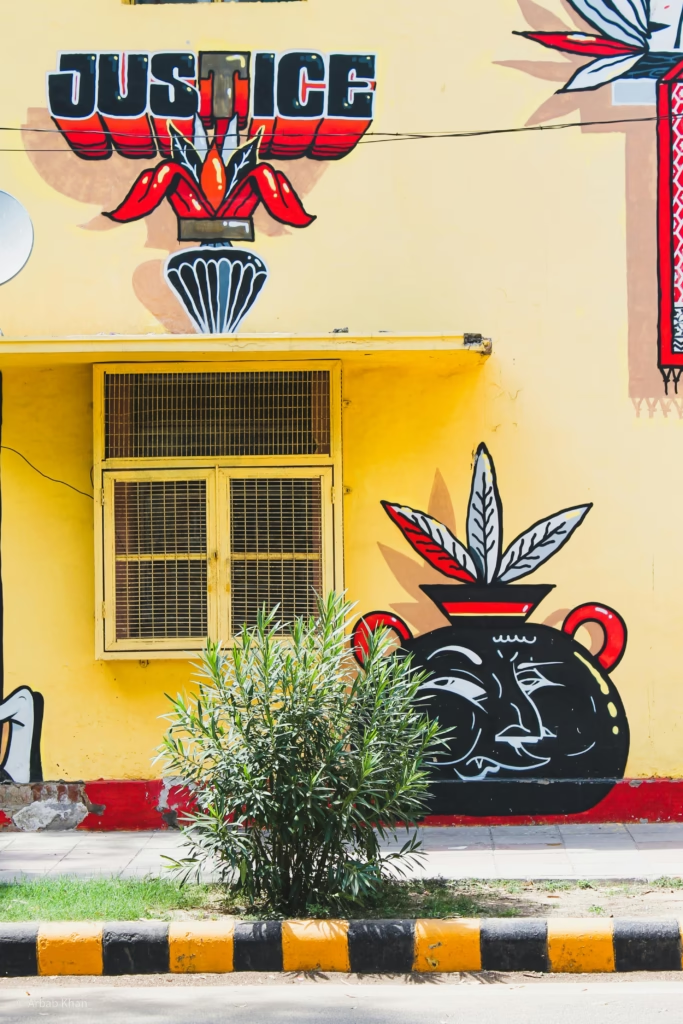
- One must have a strong desire to express themselves and the art to become an artist. Once you complete this step, nobody can stop you.
- Learn more about the street art. What are the potential opportunities, and where does it lead?
- Invest in tools for the art supplies.
- Learn the industry’s skills.
- Practice and refine your skills.
- Build a network with other artists and collaborate.
- Advertise your work both online and off. Take the help of social media, and promote yourself on blogs or social sites like Instagram, X (formerly Twitter), and Facebook. Understand your target audience.
- Art is produced under legal parameters. Take care not to hurt anyone’s sentiment by any offensive expression or by plagiarising someone’s project.
- Build a portfolio, stay updated with the current issues, and comprehend legal issues. Understand that you unknowingly break any law or offend someone.
- Look for opportunities across connections and various cities; for example street art festivals.
- Remain flexible in the field.
- The most crucial practice is ongoing learning.
- These fields have advantages and disadvantages; be aware of that.
Understanding the Pros and Cons of Becoming a Street Artist.
Before starting as a street artist, let us first try to understand the pros and cons of the career.
Pros:
- Ability to engage with a diverse audience.
- Opportunity to express yourself.
- Gaining recognition from the artwork.
- Creative liberty.
- Exposure
- Helps you to gain individual identity.
Cons:
- Unstable source of income.
- No job security.
- Potential legal isuuses.
Street art has its cons, it’s no different from any other job that comes with its challenges. What truly matters is having a determined mindset and unwavering passion for the craft. With persistence and dedication, one can excel despite any obstacles.
Conclusion
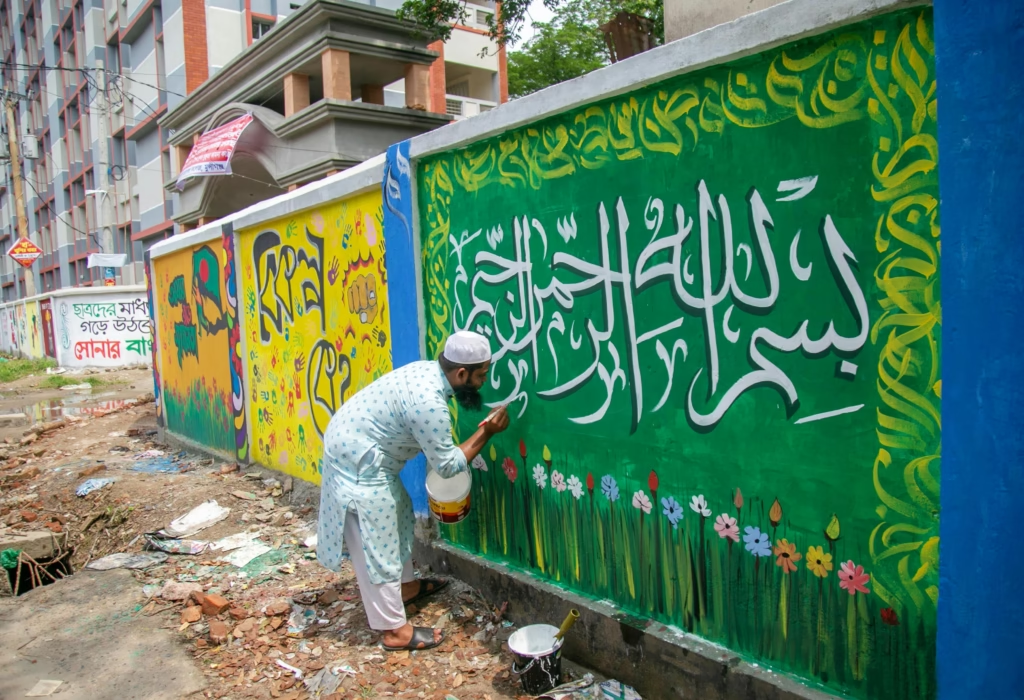
Street art and Graffiti in India has gained popularity in India. Although in contemporary society it is a Western influence, wall paintings have been present since ancient India. Such paintings then evolved into wall paintings for advertising, political slogans, and cinema posters.
Street art and Graffiti enhances the aesthetic beauty of the city. Such beautiful murals and art can be found in highly populated big cities like Mumbai, Maharashtra; Kolkata, West Bengal; Goa; Pune, Maharastra; Bangalore, Karnataka; and Delhi.
To widely classify these arts; we can categorize them as Street art image-based art and Graffiti as name-based art. Street arts are usually created to beautify buildings with messages. Whereas, Graffiti is rebellious self-expression branding the artist.
The ST+ART India Foundation played an important role in wide-spreading the art by organizing Street art festivals in different cities. They gathered the artists and gave them a platform and place to express themselves to the world.
If a debate arises in our mind about which is better Street art or Graffiti. Then excluding external factors we need to judge the project as a piece of art. The question isn’t about street art vs graffiti, it is about appreciating them as art forms and applauding the effort of the artist.
When the younger aspiring artists look upon the famous street artists in India see the project they admire. We want street art to thrive and for other new artists and youth to get inspired by the art and its message. If one wonders about how to become a street artist in India and begin their career in the field then street art may never end. Hence this art is an emerging field, we may see more years of the art form.
For further reading, you can visit these useful resources:
Check out our Blog Page on Traditional Indian art.

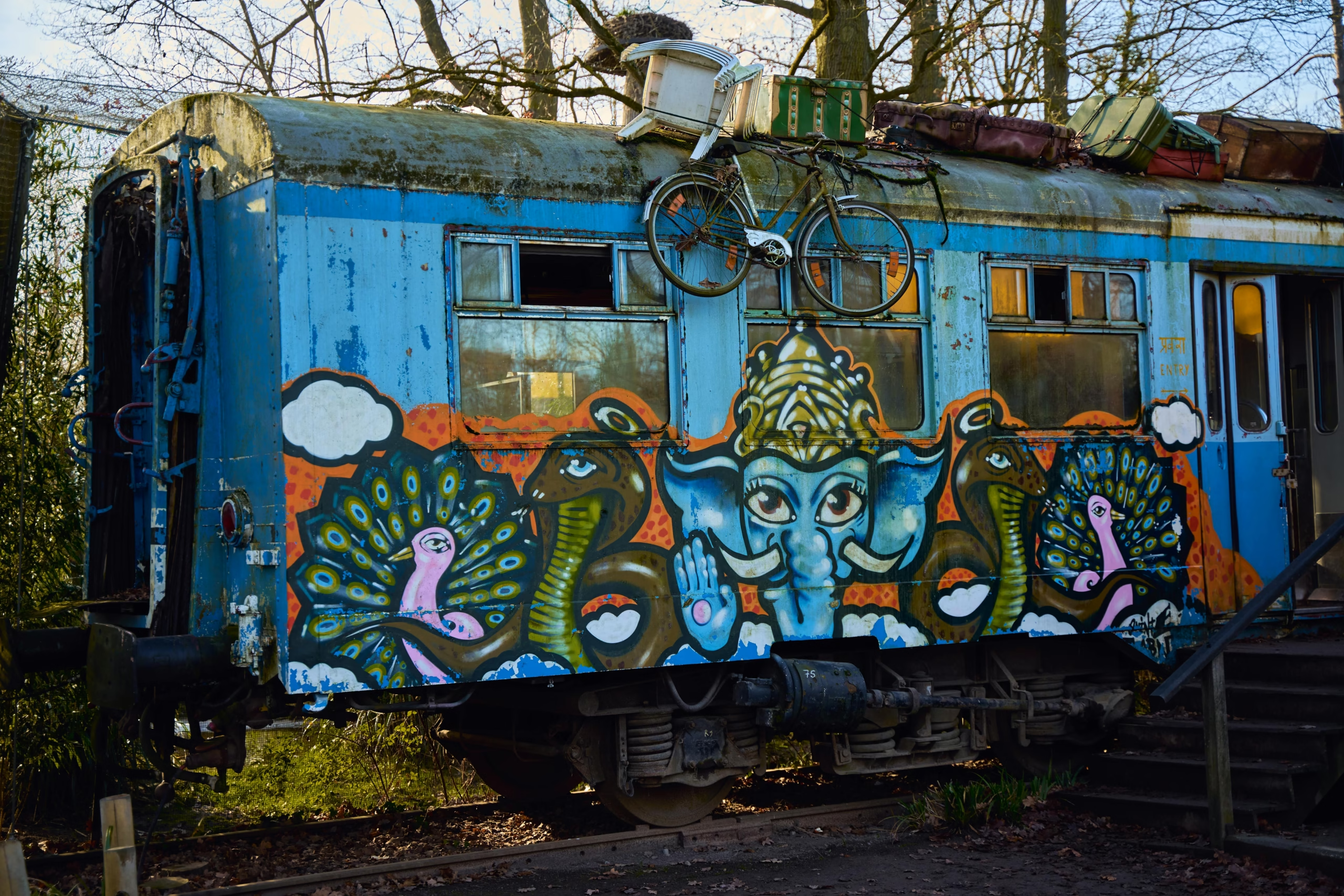

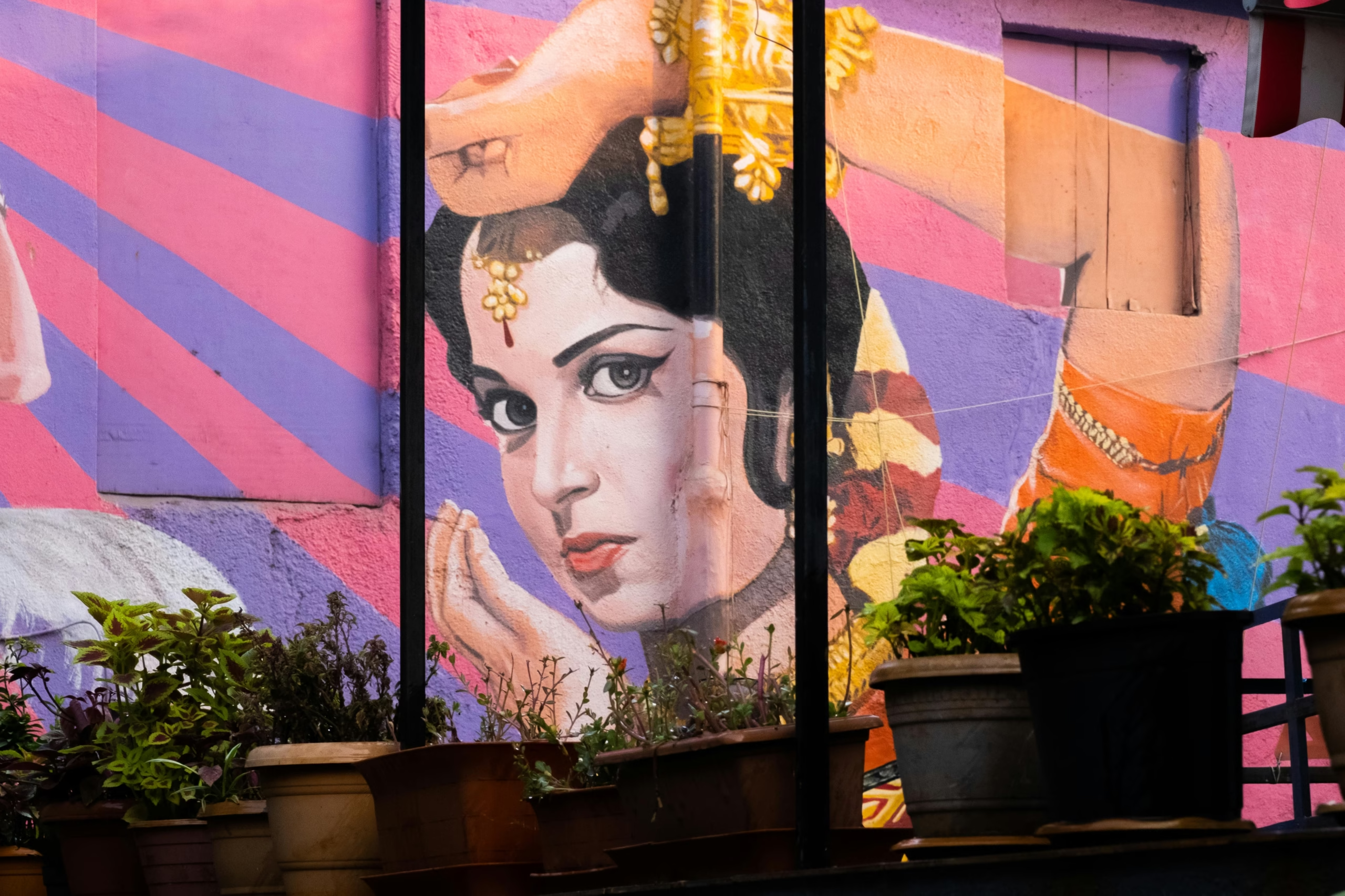
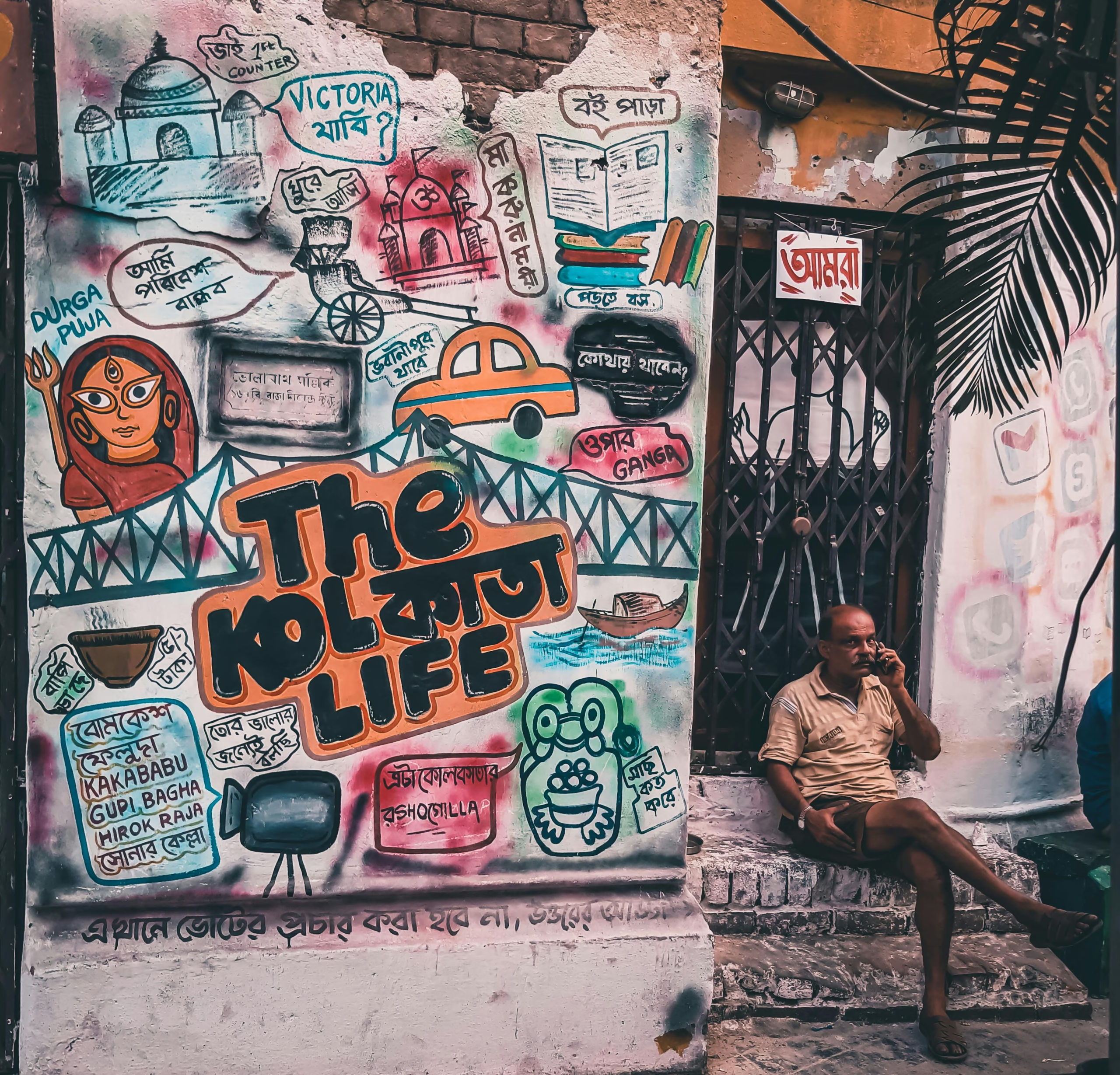

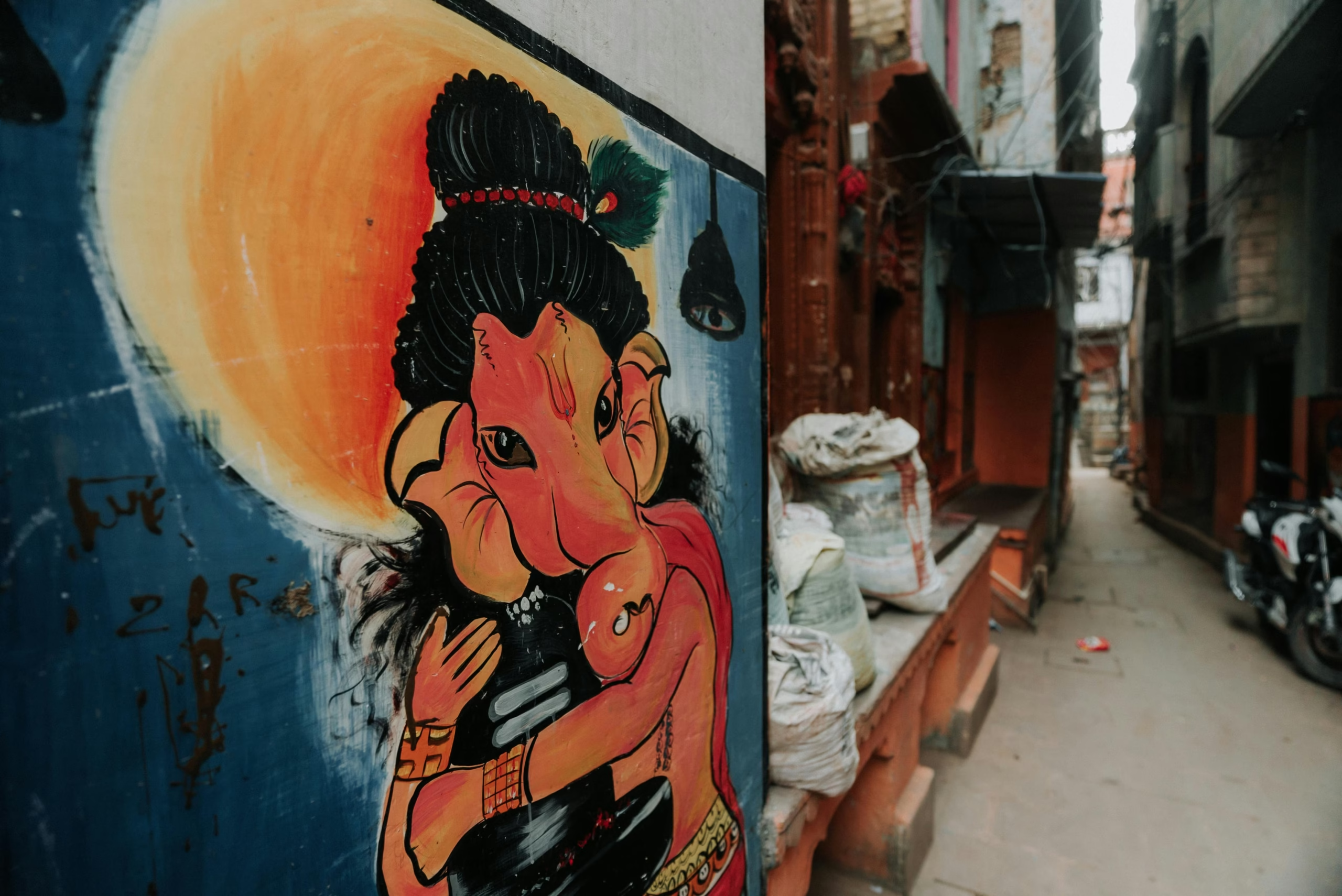
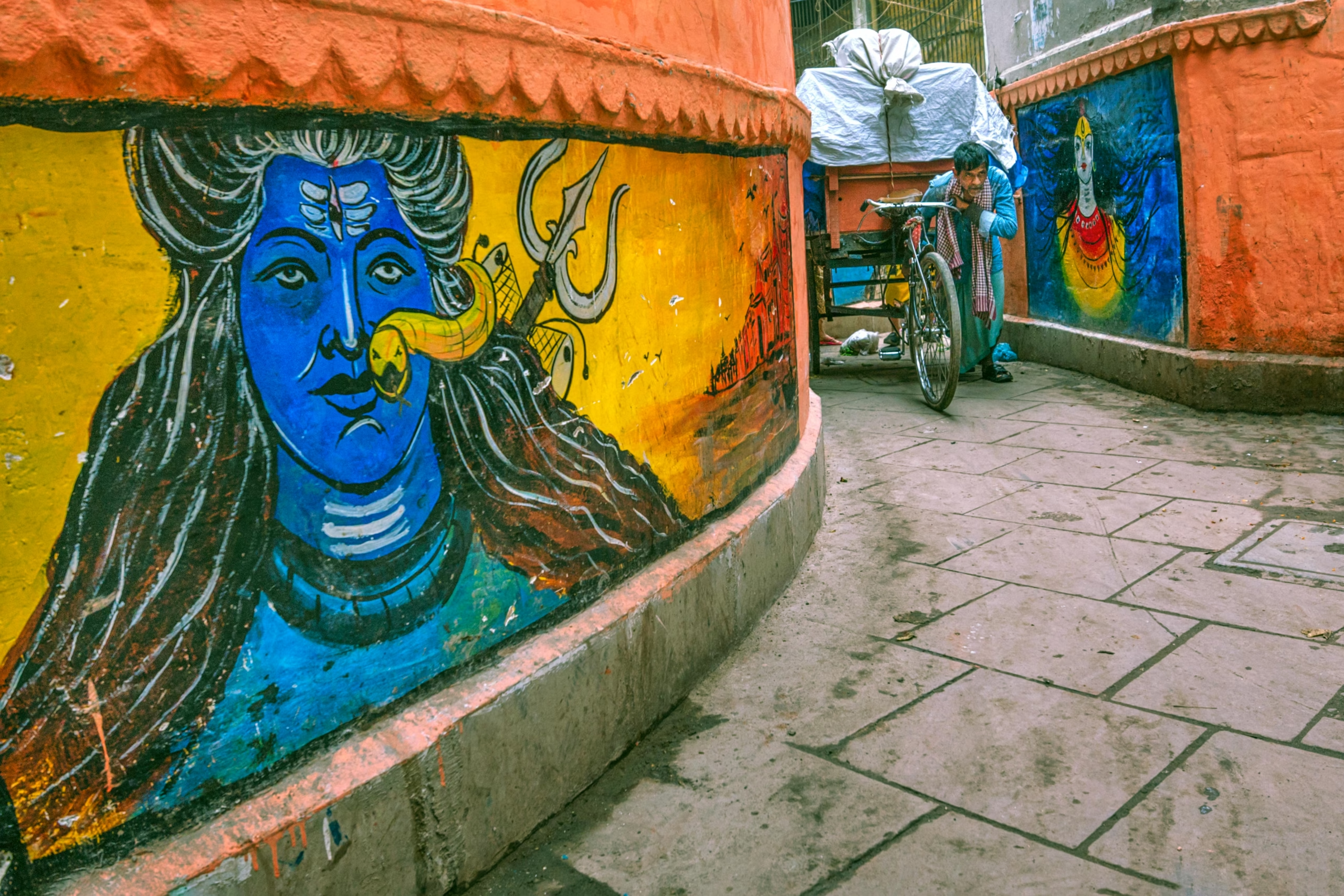

Leave a Reply